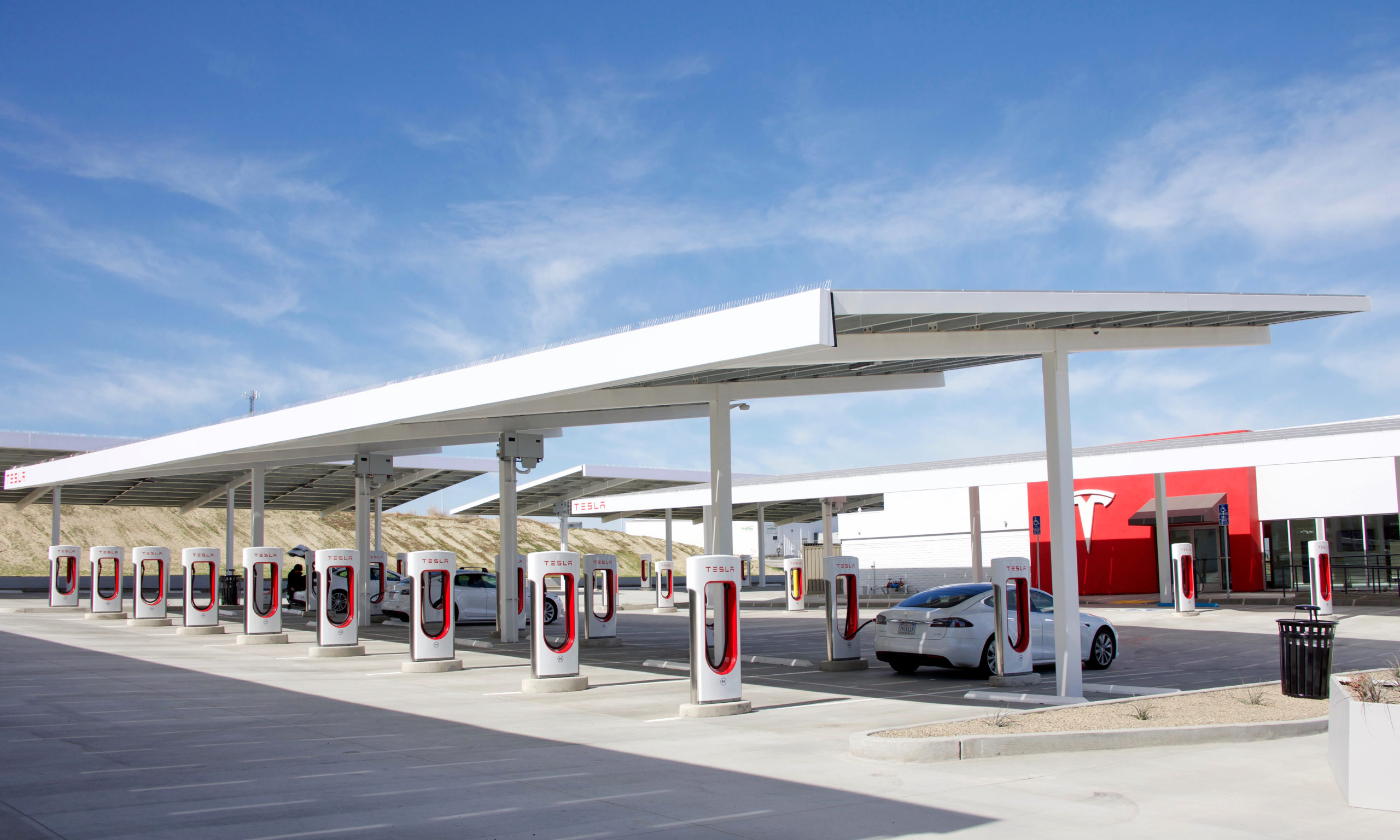What will happen to fuel stations in the future?
With the government’s ambitious plans to make every new car electric by the 2030s and HGVs emission-free by 2040, the future of traditional fuel stations is set to undergo a significant transformation. This shift will not only affect the transportation sector but also the energy industry. The increasing demand for electricity to power these vehicles will necessitate a significant expansion of the UK’s energy infrastructure. Already, we’re witnessing a proliferation of electric charging points at many stations, with plans to extend this network to most fuel stations across the UK.
It’s been over a century since the UK’s first petrol station, located in Aldermaston, Berkshire, opened its doors. This was a groundbreaking development at the time. In just four years, the number of petrol pumps in the UK had surged to over 7,000. Today, the Aldermaston petrol station is a mere layby on the roadside. With the rise of electric vehicles, many other fuel stations may follow suit.
Closing of Independents:
Independent fuel stations have been shutting up shop regularly, especially since the introduction of supermarket fuel stations. In 1979, there were over 40,000 independent fuel stations, the same year that Tesco started to sell fuel, and with other supermarkets joining the trend, by 2001, over 400 filling stations would disappear from our villages and rural roads per year. The cost of introducing EV charging points to the forecourt is enormous, and with overheads of up to £1 million for just one EV hub, many more independent fuel stations will likely close over the next ten years.
It is not just the introduction of EVs and supermarket fuel that has caused fuel station closures; how we use fuel is changing. For example, when Covid hit, no one was driving to work, and daily trips, such as school runs, shopping and holiday travel, were curtailed. This was the start of a new way of driving for many; they may now have decided homeworking works better for them, shopping trips have been reduced because online shopping and home delivery are so much easier, so the regular amount of fuel that the average family uses now as compared to pre-Covid has diminished somewhat.

Falling Fossil Fuels:
Now that Electric Vehicles are becoming more mainstream and the younger drivers are far more used to the technology, fossil fuel sales will continue to fall, but there will still be a great need for petrol and diesel for many more years. Many retailers have started building EV charging hubs on site; it is becoming common to see EV charge points at coffee houses, fast food restaurants, and hotels; this will only grow over the next decade. The established fuel stations introducing EV Hubs are also looking to make the most of the time a customer will spend on-site while charging. More franchises, such as coffee shops and mini markets, will be popping up on sites like these, so the drivers do not have to sit in their car while charging; this will help to cover some of the profit lost from fuel sales.
By 2023:
As it currently stands, Electric Vehicles account for approximately 3% of vehicles on the UK roads. Long-range forecasts suggest that by 2030, it will be 80%, but in reality, that is only just over five years away, and it seems a big gap. Technology will improve and help reduce much of the worry for older drivers, but until home charging points are more cost-effective to install, hybrid EVs will be the first option, and, in turn, they will still be using fuel needed from a fuel station.
Fuel stations may change a lot over the next 20 years, but the majority of them will still deliver petrol and diesel. The emergence of EV Charging hubs in most retail parks, drive-through restaurants, and large carparks will start to become quite normal and used more, offering new conveniences and opportunities for drivers.
By 2040:
Moving to zero emissions by 2040 is another big ask for the haulage and delivery business. EV technology for HGVs is very expensive, and it is not feasible to change a fleet of vehicles quickly. Current charging times for HGV EVs are between 30 minutes and 8 hours, and this is with a high average of 250 mile range, making them less productive than a regular HGV. So, until big leaps have been made, we will still see fuel pumps on every major road and motorway across the UK.
Post 2040:
Petrol and diesel-engine vehicles will be around for many, many decades; they will probably never fully die out. They will decline and be a real rarity, but they will still be around – especially as no one will let classic vehicles disappear. What we could see is petrol and diesel forecourts becoming more like they used to be in the far distant past. With one or two pumps, maybe a small shop, you can buy internal combustion engine paraphernalia like engine oil, spark plugs and fan belts – and that’s pretty much it. They will cater mainly for enthusiasts who like to drive their internal combustion engine vehicles on the weekend. A tank of fuel will be hugely expensive, and refuelling it will be a nostalgic experience. There may even be a pump attendant on hand who will check your oil and tyres and discuss your mutual interest in transport of yesteryear – something the yet-to-be-born young will probably find most amusing.

